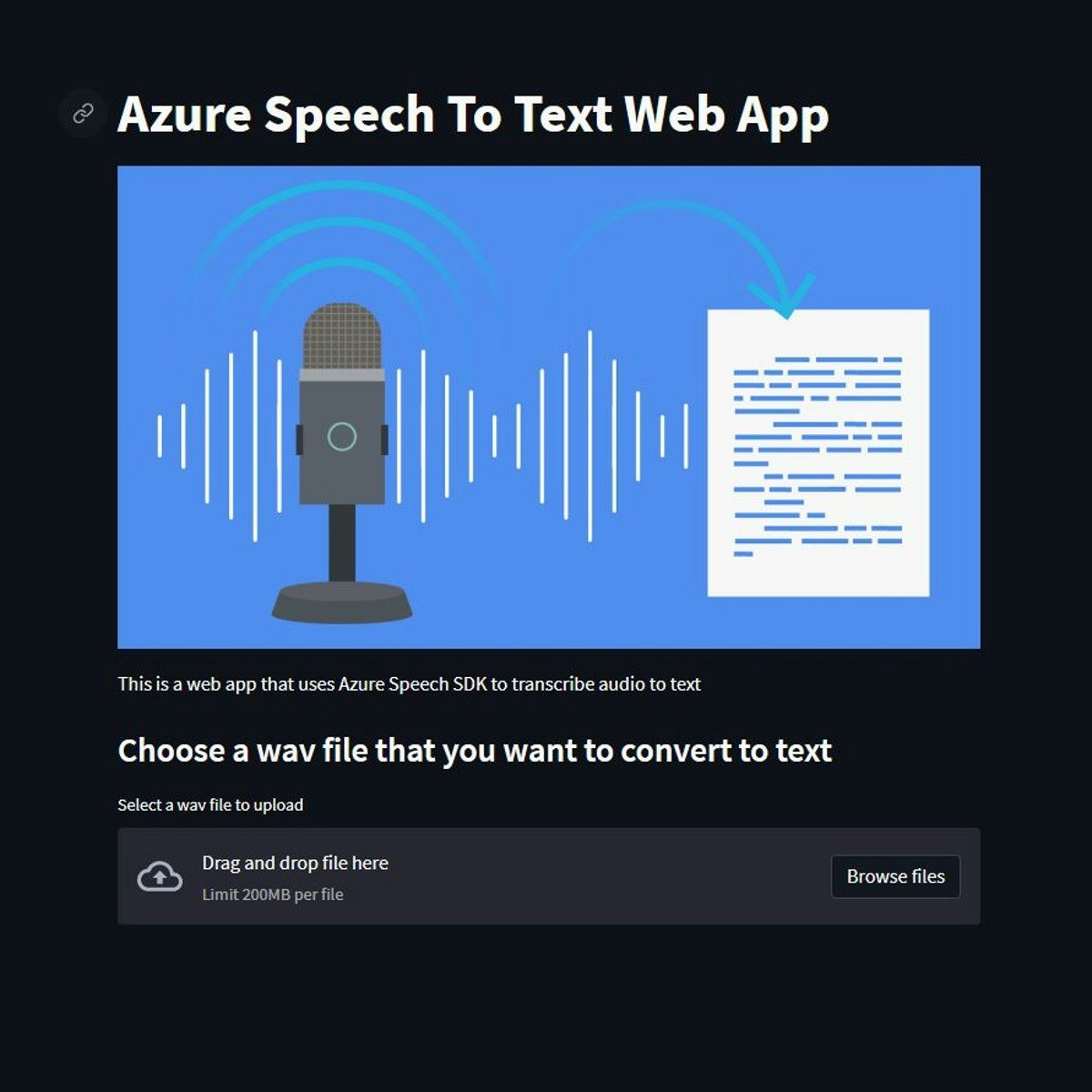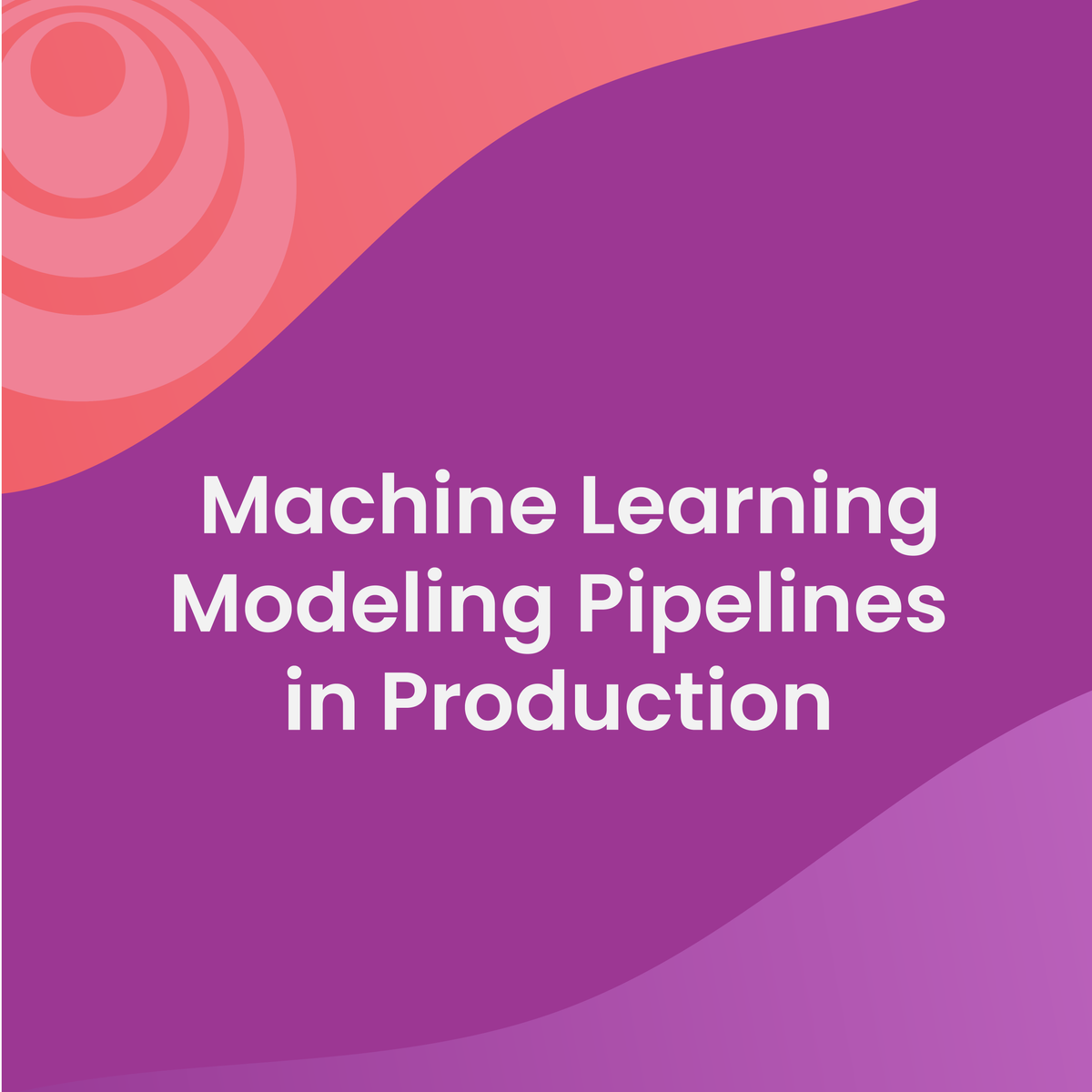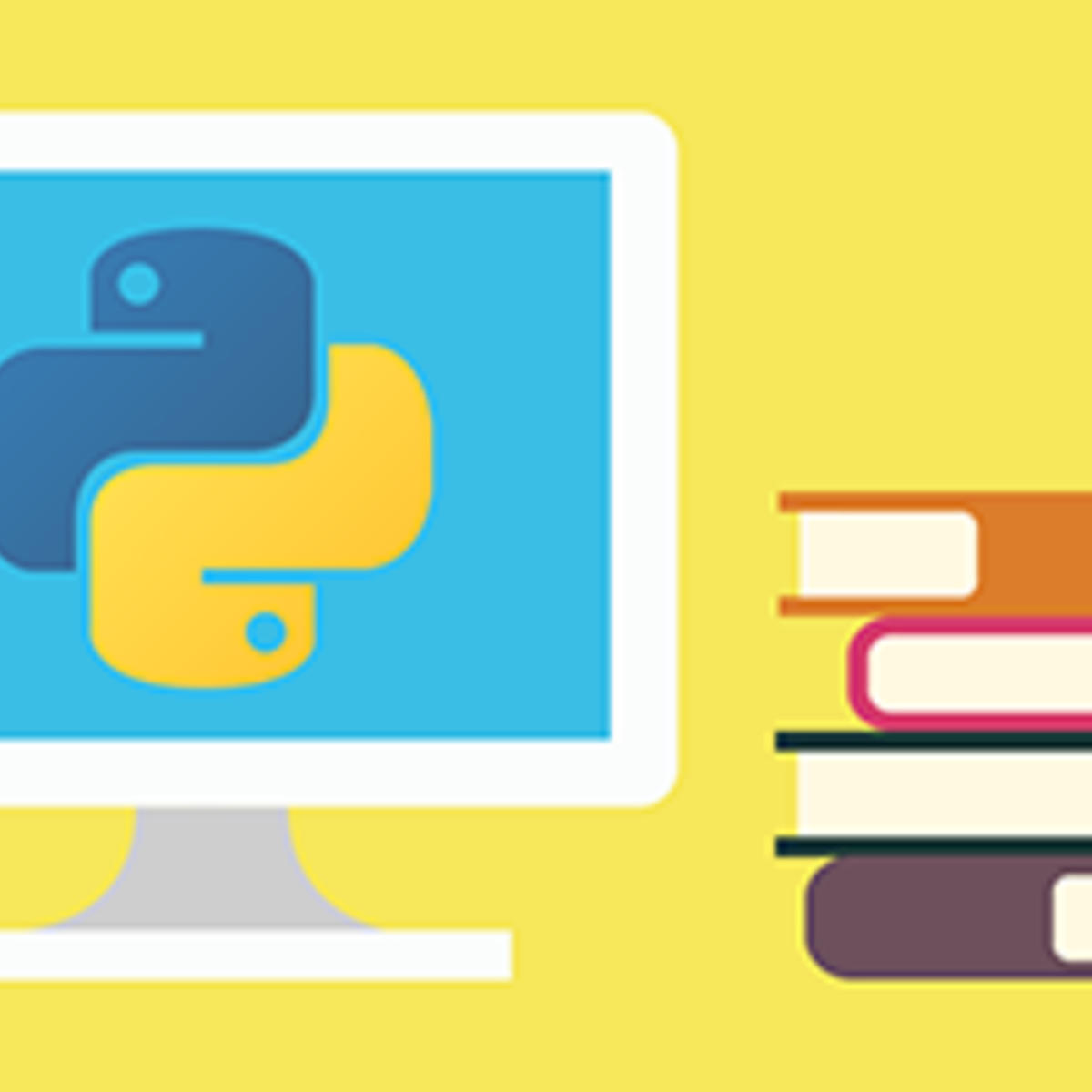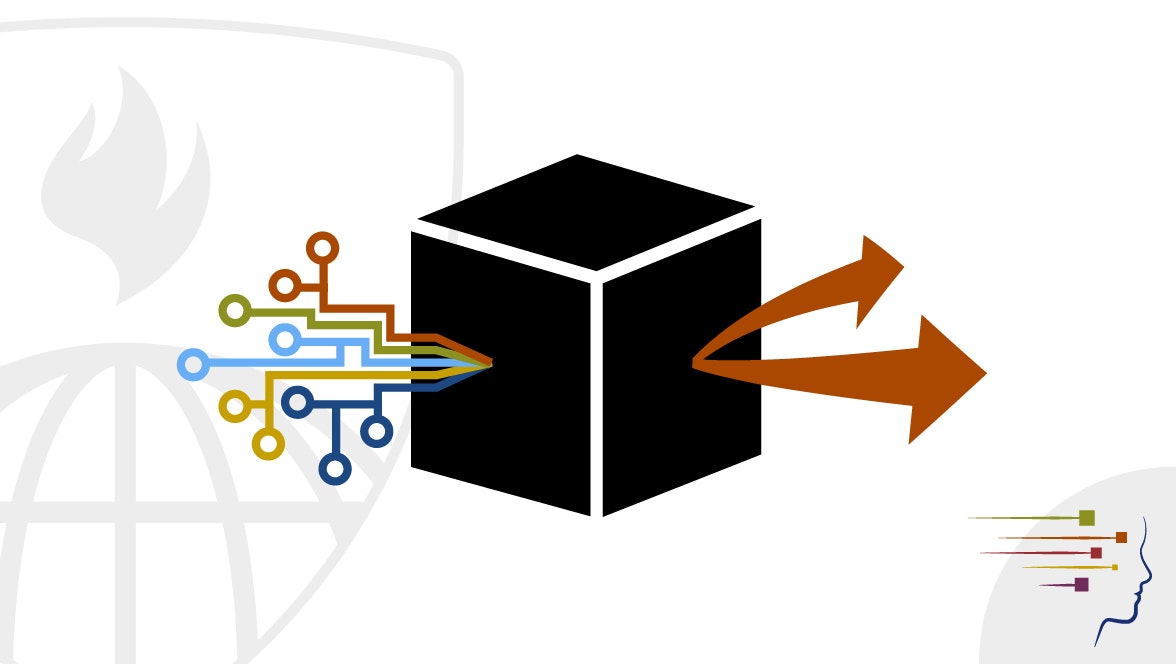Back to Courses









Machine Learning Courses - Page 29
Showing results 281-290 of 485

Interpretable Machine Learning Applications: Part 2
By the end of this project, you will be able to develop intepretable machine learning applications explaining individual predictions rather than explaining the behavior of the prediction model as a whole. This will be done via the well known Local Interpretable Model-agnostic Explanations (LIME) as a machine learning interpretation and explanation model. In particular, in this project, you will learn how to go beyond the development and use of machine learning (ML) models, such as regression classifiers, in that we add on explainability and interpretation aspects for individual predictions.
In this sense, the project will boost your career as a ML developer and modeler in that you will be able to explain and justify the behaviour of your ML model. The project will also benefit your career as a decision-maker in an executive position interested in deploying trusted and accountable ML applications.
This guided project is primarily targeting data scientists and machine learning modelers, who wish to enhance their machine learning application development with explanation components for predictions being made. The guided project is also targeting executive planners within business companies and public organizations interested in using machine learning applications for automating, or informing, human decision making, not as a ‘black box’, but also gaining some insight into the behavior of a machine learning classifier.
Note: This guided project based course works best for learners who are based in the North America region. We’re currently working on providing the same experience in other regions.

Deploy A Microsoft Azure Speech To Text Web App
In this 2-hour-long project-based course, you will learn how to import the necessary python modules for Azure Speech to Text SDK, Create a function to transcribe audio to text, Build a web app using Streamlit and deploy the web app to Heroku.
This project is a beginner python project for anyone interested in learning about how to productionize cloud speech-to-text services, Azure, particularly through a web app on Heroku and leveraging python audio modules.
At the end of this project, learners will have a publicly available Streamlit web app that can transcribe uploaded audio files

Cyber Security in Manufacturing
The nature of digital manufacturing and design (DM&D), and its heavy reliance on creating a digital thread of product and process data and information, makes it a prime target for hackers and counterfeiters. This course will introduce students to why creating a strong and secure infrastructure should be of paramount concern for anyone operating in the DM&D domain, and measures that can be employed to protect operational technologies, systems and resources.
Acquire knowledge about security needs and the application of information security systems. Build the foundational skills needed in performing a risk assessment of operational and information technology assets. Gain valuable insights of implementing controls to mitigate identified risks.
Main concepts of this course will be delivered through lectures, readings, discussions and various videos.
This is the seventh course in the Digital Manufacturing & Design Technology specialization that explores the many facets of manufacturing’s “Fourth Revolution,” aka Industry 4.0, and features a culminating project involving creation of a roadmap to achieve a self-established DMD-related professional goal. To learn more about the Digital Manufacturing and Design Technology specialization, please watch the overview video by copying and pasting the following link into your web browser: https://youtu.be/wETK1O9c-CA

Machine Learning: Regression
Case Study - Predicting Housing Prices
In our first case study, predicting house prices, you will create models that predict a continuous value (price) from input features (square footage, number of bedrooms and bathrooms,...). This is just one of the many places where regression can be applied. Other applications range from predicting health outcomes in medicine, stock prices in finance, and power usage in high-performance computing, to analyzing which regulators are important for gene expression.
In this course, you will explore regularized linear regression models for the task of prediction and feature selection. You will be able to handle very large sets of features and select between models of various complexity. You will also analyze the impact of aspects of your data -- such as outliers -- on your selected models and predictions. To fit these models, you will implement optimization algorithms that scale to large datasets.
Learning Outcomes: By the end of this course, you will be able to:
-Describe the input and output of a regression model.
-Compare and contrast bias and variance when modeling data.
-Estimate model parameters using optimization algorithms.
-Tune parameters with cross validation.
-Analyze the performance of the model.
-Describe the notion of sparsity and how LASSO leads to sparse solutions.
-Deploy methods to select between models.
-Exploit the model to form predictions.
-Build a regression model to predict prices using a housing dataset.
-Implement these techniques in Python.

Machine Learning Modeling Pipelines in Production
In the third course of Machine Learning Engineering for Production Specialization, you will build models for different serving environments; implement tools and techniques to effectively manage your modeling resources and best serve offline and online inference requests; and use analytics tools and performance metrics to address model fairness, explainability issues, and mitigate bottlenecks.
Understanding machine learning and deep learning concepts is essential, but if you’re looking to build an effective AI career, you need production engineering capabilities as well. Machine learning engineering for production combines the foundational concepts of machine learning with the functional expertise of modern software development and engineering roles to help you develop production-ready skills.
Week 1: Neural Architecture Search
Week 2: Model Resource Management Techniques
Week 3: High-Performance Modeling
Week 4: Model Analysis
Week 5: Interpretability
Machine Learning with Python
Get ready to dive into the world of Machine Learning (ML) by using Python! This course is for you whether you want to advance your Data Science career or get started in Machine Learning and Deep Learning.
This course will begin with a gentle introduction to Machine Learning and what it is, with topics like supervised vs unsupervised learning, linear & non-linear regression, simple regression and more.
You will then dive into classification techniques using different classification algorithms, namely K-Nearest Neighbors (KNN), decision trees, and Logistic Regression. You’ll also learn about the importance and different types of clustering such as k-means, hierarchical clustering, and DBSCAN.
With all the many concepts you will learn, a big emphasis will be placed on hands-on learning. You will work with Python libraries like SciPy and scikit-learn and apply your knowledge through labs. In the final project you will demonstrate your skills by building, evaluating and comparing several Machine Learning models using different algorithms.
By the end of this course, you will have job ready skills to add to your resume and a certificate in machine learning to prove your competency.

Practical Machine Learning
One of the most common tasks performed by data scientists and data analysts are prediction and machine learning. This course will cover the basic components of building and applying prediction functions with an emphasis on practical applications. The course will provide basic grounding in concepts such as training and tests sets, overfitting, and error rates. The course will also introduce a range of model based and algorithmic machine learning methods including regression, classification trees, Naive Bayes, and random forests. The course will cover the complete process of building prediction functions including data collection, feature creation, algorithms, and evaluation.

Improve Your Python Code Using Amazon CodeGuru
Learn how to use Amazon CodeGuru Reviewer to automatically identify issues and vulnerabilities to improve your code quality with our new digital course, Improve your Python Code using Amazon CodeGuru. This course is designed for Python developers who are interested in learning how to use CodeGuru Reviewer to save time and improve their code review process.
In this course, you’ll learn how to use CodeGuru Reviewer to detect issues and identify recommendations to improve the quality and security of your code. The course demonstrates how CodeGuru Reviewer finds code anomalies and explains how to understand and apply its automated suggestions.
Developed at the source, this new digital course empowers you to learn about Amazon CodeGuru from the experts at AWS whenever, wherever you want. Advance your skills and knowledge to build your future in the AWS Cloud. Enroll today!
Note: There are two versions of this course: "Improve Your Java Code Using Amazon CodeGuru" for Java developers and "Improve Your Python Code Using Amazon CodeGuru" for Python developers. The courses do for a large part, overlap and in general, we recommend that you take the course that focuses on the SDK you plan to use to develop your AWS Cloud based applications.

Hyperparameter Tuning with Keras Tuner
In this 2-hour long guided project, we will use Keras Tuner to find optimal hyperparamters for a Keras model. Keras Tuner is an open source package for Keras which can help machine learning practitioners automate Hyperparameter tuning tasks for their Keras models. The concepts learned in this project will apply across a variety of model architectures and problem scenarios. Please note that we are going to learn to use Keras Tuner for hyperparameter tuning, and are not going to implement the tuning algorithms ourselves. At the time of recording this project, Keras Tuner has a few tuning algorithms including Random Search, Bayesian Optimization and HyperBand.
In order to complete this project successfully, you will need prior programming experience in Python. This is a practical, hands on guided project for learners who already have theoretical understanding of Neural Networks, and optimization algorithms like gradient descent but want to understand how to use Keras Tuner to start optimizing hyperparameters for training their Keras models. You should also be familiar with the Keras API.
Note: This course works best for learners who are based in the North America region. We’re currently working on providing the same experience in other regions.

Computational Social Science Methods
This course gives you an overview of the current opportunities and the omnipresent reach of computational social science. The results are all around us, every day, reaching from the services provided by the world’s most valuable companies, over the hidden influence of governmental agencies, to the power of social and political movements. All of them study human behavior in order to shape it. In short, all of them do social science by computational means.
In this course we answer three questions:
I. Why Computational Social Science (CSS) now?
II. What does CSS cover?
III. What are examples of CSS?
In this last part, we take a bird’s-eye view on four main applications of CSS. First, Prof. Blumenstock from UC Berkeley discusses how we can gain insights by studying the massive digital footprint left behind today’s social interactions, especially to foster international development. Second, Prof. Shelton from UC Riverside introduces us to the world of machine learning, including the basic concepts behind this current driver of much of today's computational landscape. Prof. Fowler, from UC San Diego introduces us to the power of social networks, and finally, Prof. Smaldino, from UC Merced, explains how computer simulation help us to untangle some of the mysteries of social emergence.
Popular Internships and Jobs by Categories
Browse
© 2024 BoostGrad | All rights reserved


